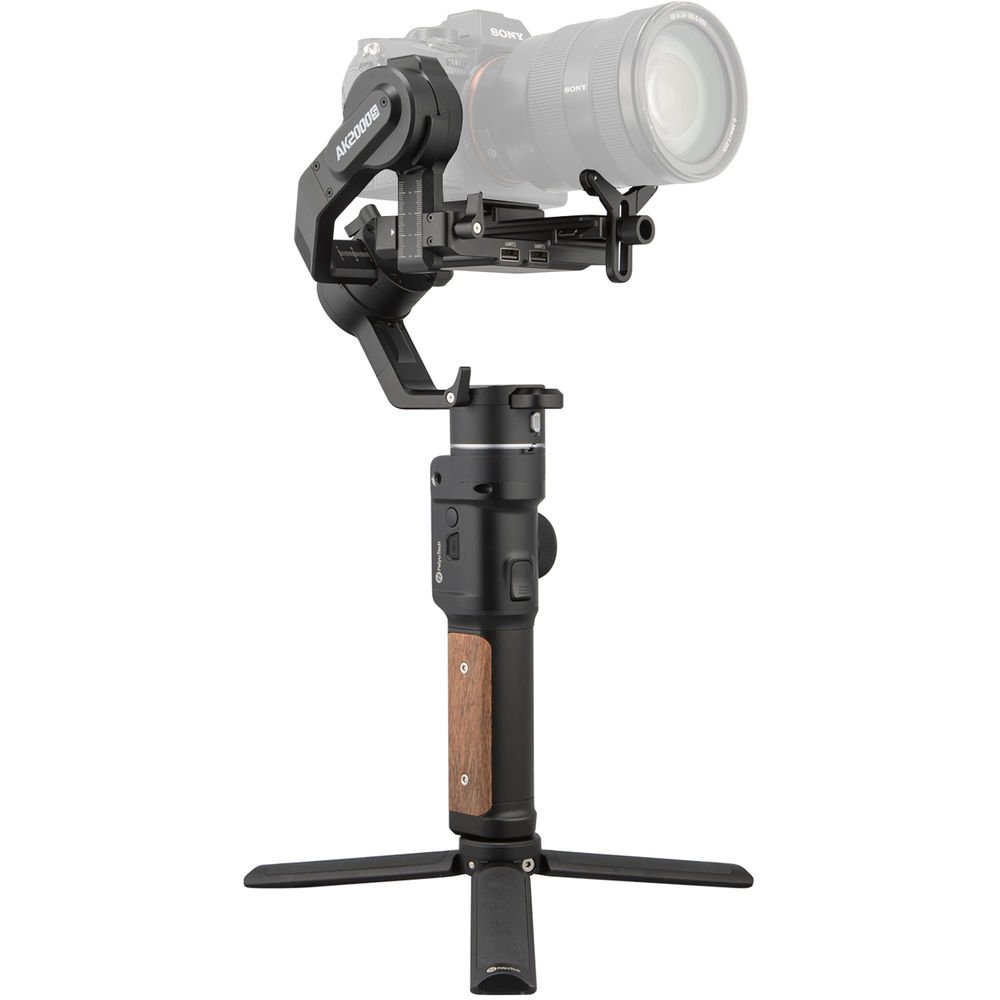The Technical Side of Pre-production for an Improvised Short Film
In the last article about the pre-production planning process for “Improvisations,” my new dance film, I covered the cast of players and the approach to production. There are also a lot of technical details to consider, which I will outline below.
The Crew
Any production needs a good technical crew to help make it all happen. Here is my assigned crew and their respective roles.
Kent McInnis: Camera A operation, gaffer (lighting)
Heri Rosas: Camera B operation
Daniel Edwins: audio
Fox Setchell-Kirby: production assistant
The Space
Before we could schedule the day of the shoot, we had to reserve a space that could meet all of our needs. These needs included:
Somewhere local to Northfield, Minnesota, where I live and work
Hardwood floor that would be conducive to dance (especially with a good sound for tap dance)
Has open floorspace for flexible setup
Doesn’t allow outside noise to infiltrate the sound collection
We were lucky enough to reserve space with Armory Square Event Center in Northfield. This space used to be an operating U.S. armory, and featured an open gym space and thick walls to keep outside noise at bay. It also featured cool textured walls that I was excited about for the background of the shots.
The Audio
One of my first questions for Kaleena during pre-production was how to handle the sound capture during our production, given that is such a key element for a tap dancer. She replied that in the cases of choreography, most productions are filmed and then the tap sounds are dubbed – this means they are recorded separately and re-synced with the footage later.
This is not possible, however, when recording an improvised number – the point is that it should be created in the moment, and it would be painstaking to recreate it purely for audio recording purposes later. That meant that we had to equip the space with microphones that would capture the audio of the dancer live. Our setup looked like this:
A powerful directional microphone (shotgun) on stage right, pointing towards the floor
A shotgun on stage left, pointing towards the floor
Two PCC microphones, spaced about six feet apart at the front of the stage (Note: these were completely new to me – these microphones are laid on the floor and meant to capture sounds that happen directly on the floor. They are used frequently in live production. Thanks to my friends at Audioquip for the rental and advising me on the setup.)
With the mic setup determined, the last thing to consider was how to help the dancer hear the music without playing it live in the space. I knew I didn’t want to do that because the music track played in the space wouldn’t be as “clean” in post-production if it were echoing within the space. Leaving it out also gave me the flexibility to potentially use movement footage at different points in the music.
So, I gave the dancer an ear monitor – a small, inner earbud to deliver Stephanie’s composition to them while they created their dance.
The Cameras
I knew I wanted a two-camera setup to minimize downtime during the shoot, which could happen while switching between static and moving shots. I just so happened to have access to two Sony A7sii cameras – one is my personal camera and one belongs to my workplace. This is an ideal situation for footage to look consistent between the two cameras.
One camera, the “A Camera” was in a static position in front of the dancers and ran for the full shoot (Note: this camera can’t shoot continuously because of DSLR camera video shooting politics, it can only capture a half hour of footage at a time. It just means the camera operator starts and stops every once in a while.)
The second camera, the “B Camera” was in charge of collecting all of the motion footage. This entailed walking around the dancer, getting shots above and below, zooming in on their feet or out wide in the space. To get smooth, steady shots, I used a Feiyu AK2000s gimbal. This electronic robot arm essentially senses movement to keep the shot as steady as possible.
I liked using this piece of equipment because unlike a GoPro, it allows you to attach a separate camera to the gimbal and get some higher quality footage than the built-in GoPro camera can manage.
The Lighting
Finally, we needed to set up lighting surrounding the dancers in the shoot. The lighting in the space was harsh overhead fluorescents, and some twinkle lights that could have added ambience, but wouldn’t be enough to see the dancers. So, we brought in lights.
As a member of FilmNorth, I have access to their rental equipment library. They had an ARRI light kit with four fresnel lamps at different wattages: a single 1,000 watt light, two 650 watts and a 300 watt light.
Pieces Falling into Place
With the pre-production planning in place, the shoot (production) is set up for success.



